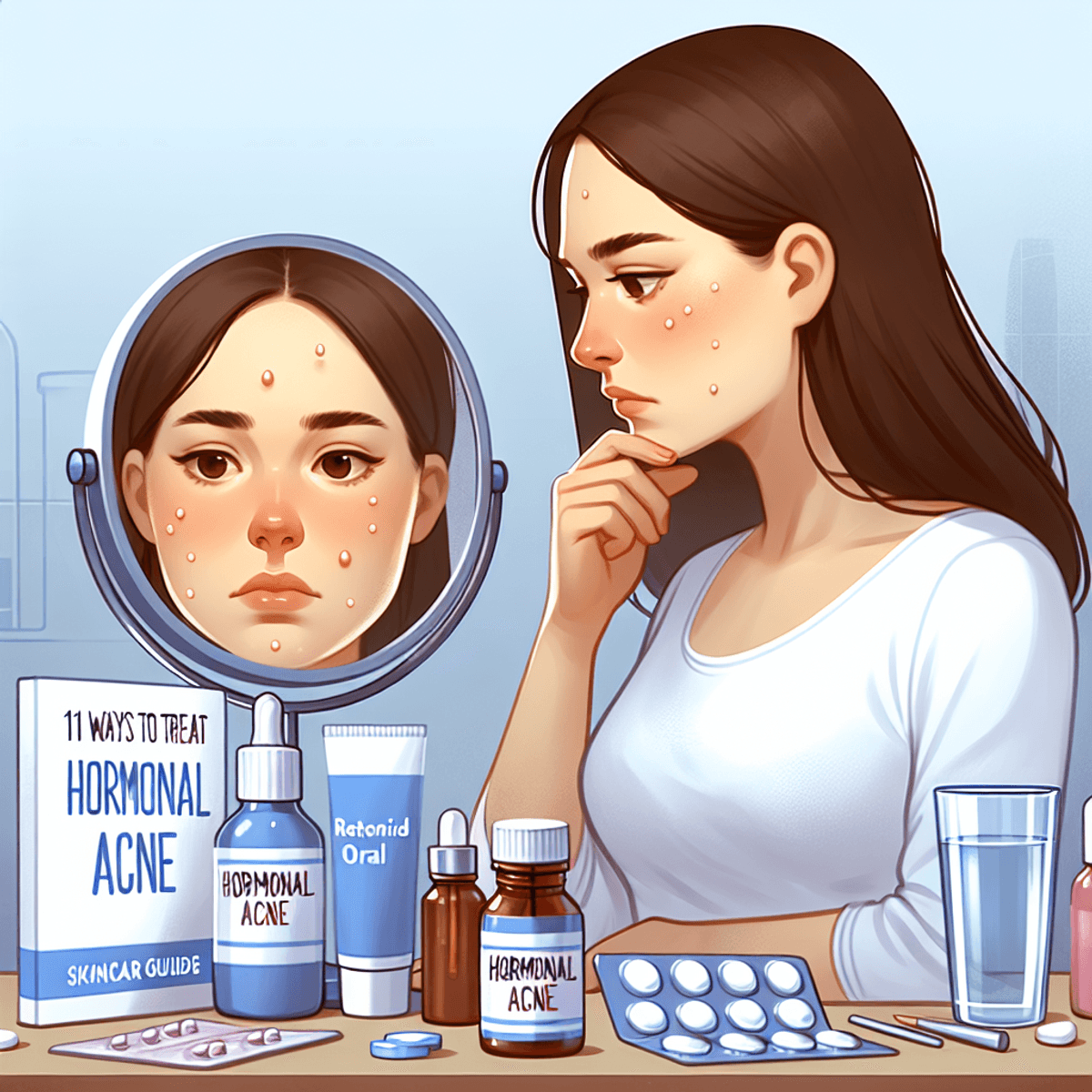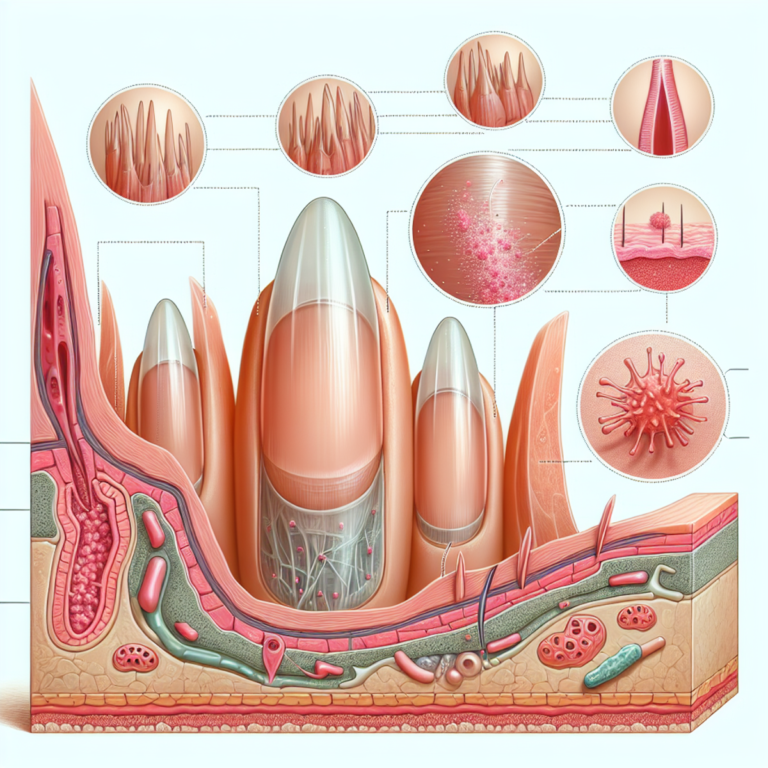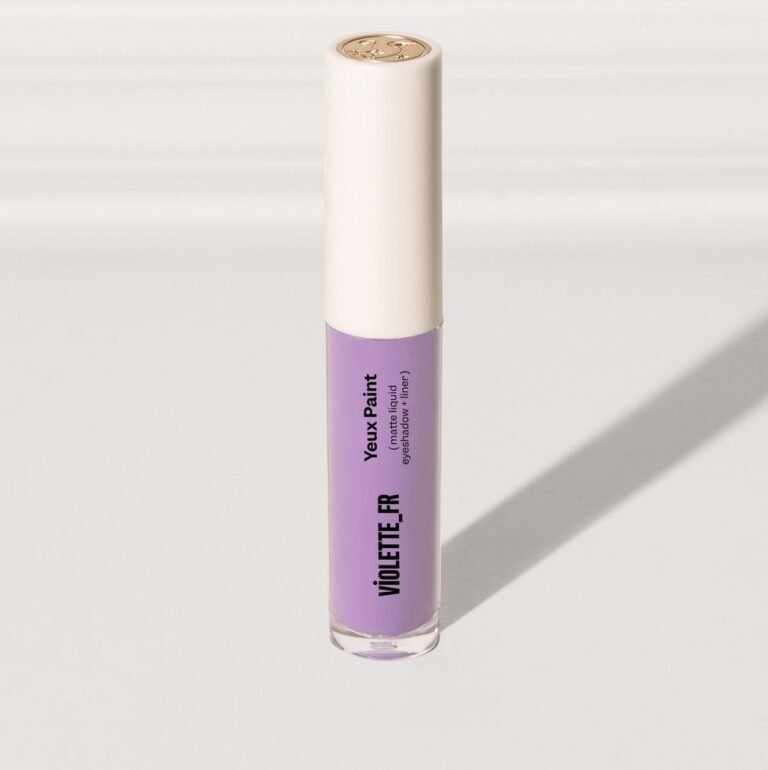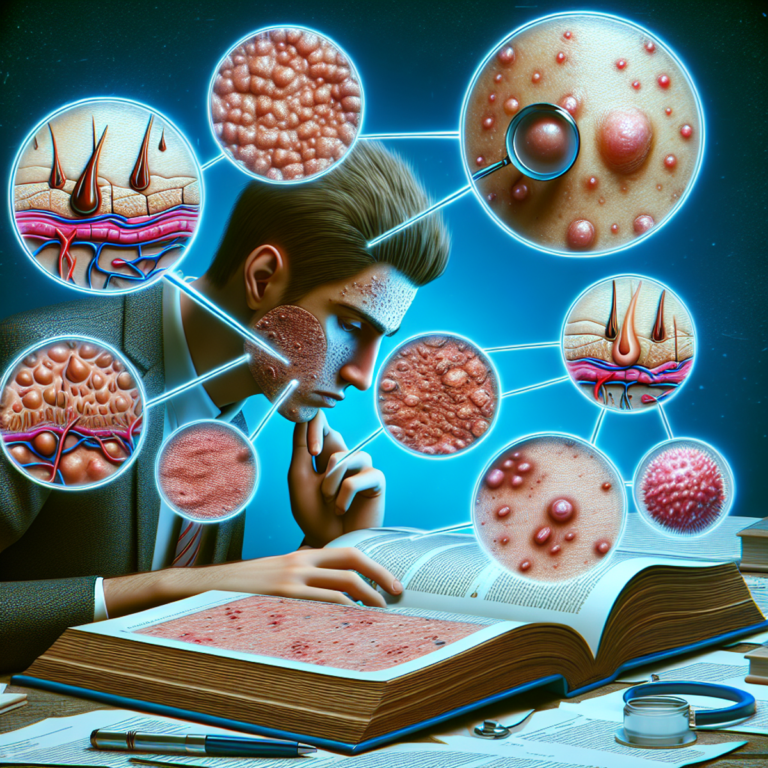Ways to Treat Hormonal Acne, According to Dermatologists

Introduction
Hormonal acne is a common skin condition that affects many, particularly women. It often shows up as cystic and inflamed pimples on the lower face, like the cheeks, jawline, and chin. It can also appear on the chest and back, causing physical discomfort and emotional distress for those affected. Understanding how to get rid of pimples becomes crucial when dealing with hormonal acne’s persistent nature.
Effective treatment options are essential in managing hormonal acne and improving quality of life. Dermatologists emphasize a multifaceted approach to tackle this skin condition effectively. From topical treatments like retinoids to oral medications such as birth control pills and spironolactone, various strategies exist to help individuals achieve clearer skin. Exploring how to remove pimples overnight or reduce their occurrence involves addressing underlying hormonal imbalances and adopting lifestyle changes.
Navigating through the myriad of available treatments can be daunting. This guide—11 Ways to Treat Hormonal Acne, According to Dermatologists—aims to provide practical insights into how you can manage hormonal acne successfully. Whether you’re looking for solutions on how to get rid of whiteheads or seeking professional interventions, understanding your options is the first step towards achieving healthier skin.
Moreover, staying updated with 2024’s biggest skin care trends can also be beneficial in managing your skin condition. Don’t forget the importance of hydration; using the right products is crucial, so refer to the list of best face moisturizers of 2024 recommended by top dermatologists.
Understanding Hormonal Acne
Hormonal acne is a specific type of acne mainly caused by changes in hormone levels. It usually shows up as cystic and inflamed bumps on the lower face, like the cheeks, jawline, and chin. Unlike the usual teenage acne, hormonal acne often affects adults, especially women, and can also appear on the body, such as the chest and back.
Common Triggers of Hormonal Acne
- Menstrual Cycles: Hormone levels fluctuate throughout the menstrual cycle, often causing acne flare-ups during the luteal phase when progesterone levels peak.
- Pregnancy: During pregnancy, hormonal changes can trigger acne outbreaks due to increased production of certain hormones like progesterone.
- Menopause: The decline in estrogen levels during menopause can lead to an imbalance between estrogen and testosterone, potentially exacerbating acne.
The Link Between Hormonal Imbalances and Acne Development
Hormonal imbalances are a significant cause of hormonal acne. Conditions like polycystic ovary syndrome (PCOS) are commonly associated with this type of acne due to elevated levels of androgens—male hormones that increase oil production in the skin. This excess oil can clog pores, leading to inflammation and breakouts.
Understanding these triggers and imbalances is crucial for determining how to get rid of pimples on your face effectively. While topical treatments provide relief for some, addressing underlying hormonal factors is often necessary for long-term management.
Exploring options such as lifestyle changes and medication can offer more permanent solutions to remove pimples naturally:
- There are specific methods recommended for targeting deep pimples or even forehead acne.
- Additionally, identifying ways to manage back pimples or pimple marks involves a comprehensive approach that considers both internal and external factors.
This understanding lays the groundwork for exploring the various methods dermatologists recommend in managing hormonal acne effectively through tailored treatments and lifestyle modifications.
1. Topical Treatments
Dealing with hormonal acne can be a persistent challenge, but topical treatments offer a frontline defense. Dermatologists often recommend specific topical solutions to target and reduce acne lesions effectively. Two primary players in this category are retinoids and benzoyl peroxide, both known for their efficacy in treating different types of acne, from cystic pimples to small bumps on the face.
Retinoids
Retinoids, derivatives of Vitamin A, are potent treatments for acne. They work by promoting skin cell turnover, helping to unclog pores and prevent the formation of new lesions. This action not only helps in reducing existing acne but also aids in preventing future breakouts.
How Retinoids Work:
- Accelerate Skin Cell Turnover: By speeding up the process of skin renewal, retinoids help shed dead skin cells more quickly, reducing the risk of clogged pores that lead to acne.
- Anti-inflammatory Properties: They help reduce inflammation associated with acne lesions, which is particularly beneficial for cystic pimples.
- Preventative Action: Regular use can prevent the development of new acne lesions, making them effective for long-term management.
Recommended Products and Application Methods:
- Popular Products: Dermatologists often suggest over-the-counter options like Differin Gel (Adapalene) or prescription-strength formulations such as Retin-A (Tretinoin).
- Application Tips:Apply a pea-sized amount to clean, dry skin at night.
- Start with every other night to gauge skin tolerance.
- Use sunscreen during the day as retinoids can increase sun sensitivity.
Benzoyl Peroxide
Benzoyl peroxide is another powerhouse ingredient in the fight against hormonal acne. It works by targeting Propionibacterium acnes, the bacteria responsible for many acne breakouts.
Mechanism of Action Against Acne Bacteria:
- Antibacterial Effects: Benzoyl peroxide effectively kills bacteria on the skin’s surface, which helps reduce inflammation and clear up existing pimples.
- Unclogs Pores: It also aids in removing excess oil and dead skin cells from pores, preventing blockages that can lead to further breakouts.
Dosage Recommendations and Potential Side Effects:
- Concentration Levels: Available in various strengths from 2.5% to 10%. Starting with a lower concentration can minimize irritation.
- Usage Guidelines:Apply once or twice daily on affected areas after cleansing.
- Gradually increase usage frequency as your skin builds tolerance.
- Potential Side Effects: Some may experience dryness or peeling; using a gentle moisturizer can alleviate these issues.
These topical solutions provide an accessible approach to managing hormonal acne. When used consistently, they not only address current outbreaks but also play a significant role in preventing new blemishes from forming.
For those wondering how to get rid of small bumps on the face or how to remove pimple scars naturally over time, incorporating these treatments into your skincare routine is a highly recommended step by dermatologists. Understanding how each product works allows you to make informed decisions about your skincare regimen.
Additionally, exploring the best Korean skincare products could provide you with more effective options for your skincare routine.
Benzoyl Peroxide
Benzoyl peroxide is a powerful topical solution for hormonal acne. It works by targeting and eliminating acne-causing bacteria, making it essential for getting rid of small bumps on the face and cystic pimples. By penetrating deep into the pores, benzoyl peroxide effectively unclogs them, reducing inflammation and helping to shrink those persistent zits overnight.
How It Works:
- Kills Bacteria: Benzoyl peroxide releases oxygen into the pores, creating an environment where Propionibacterium acnes, the bacteria responsible for acne, cannot survive.
- Clears Pores: It helps remove dead skin cells and excess oil that often block pores.
How to Use:
- Start Slow: Dermatologists usually suggest beginning with a lower concentration (2.5% to 5%) once daily, then gradually increasing to twice daily if necessary.
- Be Cautious: While effective, it can cause dryness or irritation. Make sure to moisturize and use sunscreen when using benzoyl peroxide products.
Knowing how benzoyl peroxide fits into your skincare routine can greatly affect how you handle hormonal acne outbreaks. Its dual action makes it essential for treating current blemishes and preventing future ones.
2. Oral Medications for Hormonal Acne Treatment
Birth Control Pills for Acne Management
Hormonal changes are a major cause of acne, especially in women. Birth control pills, also known as oral contraceptives, can be very helpful in controlling hormonal acne by balancing these changes. These medications work by regulating hormones, ultimately reducing oil production—a key factor in acne development.
Specific Types of Birth Control Pills
- Yaz and Beyaz: These are among the most commonly prescribed birth control pills for acne treatment. They contain drospirenone and ethinyl estradiol, which help balance hormone levels and regulate menstrual cycles. This combination reduces testosterone levels, thereby decreasing sebum production that leads to acne.
- Ortho Tri-Cyclen: Another popular choice, this pill uses norgestimate combined with ethinyl estradiol. It’s FDA-approved for treating acne and is known to be effective in minimizing breakouts associated with hormonal changes.
- Estrostep Fe: Utilizing norethindrone and ethinyl estradiol, Estrostep Fe is designed to improve skin complexion by addressing the hormonal causes of acne.
Considerations for Long-Term Use
While birth control pills can be effective in treating hormonal acne, there are several considerations to keep in mind:
- Medical Supervision: It’s essential to consult a healthcare provider before starting any oral contraceptive regimen. A professional evaluation ensures the chosen medication aligns with your health profile.
- Potential Side Effects: Like any medication, birth control pills come with potential side effects such as weight gain, mood changes, or increased risk of blood clots. Discuss these risks with your doctor to weigh the benefits against possible drawbacks.
- Long-Term Commitment: For many individuals, achieving clear skin using birth control pills requires consistent use over several months. Patience and adherence to the prescribed regimen are vital for success.
- Non-Contraceptive Benefits: Beyond treating acne, these pills can offer other benefits including regulated menstrual cycles and reduced menstrual pain—an added advantage for many women dealing with the complexities of hormonal changes.
The use of birth control pills highlights just one aspect of a comprehensive approach to managing hormonal acne. When considering how to treat pimples or how to get rid of under-the-skin pimples effectively, integrating oral medications like these may be beneficial as part of a broader treatment strategy tailored to individual needs.
Spironolactone in Hormonal Acne Treatment Plans
Spironolactone is an effective treatment for hormonal acne, particularly in women, due to its ability to target the root cause: excess androgen hormones like testosterone. Elevated levels of these hormones can lead to increased oil production, triggering breakouts and clogged pores. By acting as an anti-androgen medication, spironolactone helps lower testosterone levels in the body. This reduction leads to diminished oil production and a clearer complexion.
How Spironolactone Works
Spironolactone binds to androgen receptors, preventing testosterone from exerting its effects on the skin. This action helps control oiliness and reduce the occurrence of under-the-skin pimples, making it easier to get rid of bumps on the face and other affected areas.
Monitoring Hormone Levels
Regular monitoring of hormone levels is advised while undergoing spironolactone therapy. This ensures that the treatment is effectively balancing hormones without causing adverse effects. Consulting with a dermatologist can provide guidance on frequency and methods for hormone panel testing.
Spironolactone represents a valuable addition to a comprehensive acne treatment plan, especially when combined with topical treatments or birth control pills like Yaz or Beyaz, which further assist in menstrual cycle regulation and acne management.
3. Professional Interventions for Severe Cases of Hormonal Acne
Acne treatment isn’t a one-size-fits-all approach, especially when it comes to hormonal acne. In severe cases, professional interventions can provide the targeted care required to address both active lesions and persistent scarring. Dermatologists often recommend treatments like chemical peels and laser therapy to effectively manage this condition.
Chemical Peels as a Treatment Option for Hormonal Acne Scarring
Chemical peels are a popular choice for those looking to improve skin texture and reduce the appearance of acne scars. These treatments involve applying a chemical solution to the skin, which exfoliates the top layers, allowing new, regenerated skin to surface.
Types of Chemical Peels
- Superficial Peels: Often containing alpha-hydroxy acids (AHAs) such as glycolic acid, these peels target the outermost layer of skin. They’re ideal for treating minor acne scars and improving overall skin tone.
- Medium Peels: Using trichloroacetic acid (TCA), medium peels penetrate deeper into the skin layers. They are suitable for more pronounced scars and visible signs of aging.
- Deep Peels: Reserved for severe scarring and deep wrinkles, deep peels use phenol to penetrate several layers of skin. This treatment option requires more downtime but can significantly improve the skin’s appearance where other methods have failed.
Chemical peels not only aid in reducing scarring but also help clear active lesions by removing dead skin cells, thus preventing future breakouts.
Laser Therapy: Targeted Light Treatments to Address Hormonal Acne Symptoms
Laser therapy has emerged as a promising method for dealing with stubborn hormonal acne symptoms. By using focused light beams, lasers target areas affected by inflammation and bacteria without harming surrounding tissue.
Types of Laser Treatments
- Fractional Laser Treatment: This involves targeting only a fraction of the skin at a time, making it less invasive while still promoting collagen production and healing damaged skin.
- Pulsed Dye Lasers: Effective in reducing redness and inflammation associated with active acne lesions, pulsed dye lasers help clear pimples off your face by selectively destroying blood vessels in inflamed areas.
- Blue Light Therapy: Known for its antibacterial effects, blue light therapy targets the bacteria responsible for acne formation.
These laser treatments work synergistically with other skincare regimens and medications prescribed by dermatologists. When combined with topical treatments like retinoids or benzoyl peroxide, they enhance overall effectiveness in managing hormonal acne symptoms.
Professional interventions offer robust solutions for those struggling with severe hormonal acne that doesn’t respond well to conventional treatments alone. Exploring these options with your dermatologist can lead you towards clearer skin and improved confidence while addressing specific concerns efficiently.
Laser Therapy: Targeted Light Treatments to Address Hormonal Acne Symptoms
Laser therapy offers a cutting-edge approach for addressing hormonal acne, particularly its inflammatory components. By utilizing specific wavelengths of light, laser treatments can effectively reduce inflammation and target acne-causing bacteria. Here are some common types of laser therapies:
- Pulsed Dye Laser (PDL): Primarily used to reduce redness and inflammation associated with acne lesions. PDL works by targeting blood vessels in the skin, which helps decrease redness and swelling.
- Fractional Laser Therapy: This treatment focuses on improving skin texture and reducing acne scars. It works by creating micro-injuries in the skin, promoting collagen production and healing.
- Blue Light Therapy: Specifically targets Propionibacterium acnes bacteria that contribute to acne formation, offering a non-invasive method to clear active breakouts.
- Nd:YAG Laser: Known for penetrating deeper layers of the skin, this laser is effective in treating deeper pimples and reducing oil production.
When considering laser therapy, consulting with a dermatologist is crucial. They can recommend the most suitable type based on your unique skin condition.
While laser therapy can be an effective addition to your acne treatment plan, it should be used alongside other strategies like chemical peels for acne treatment or exfoliation with glycolic acid treatments to maximize results.
For a comprehensive guide on how to treat different types of acne, including hormonal acne, you can refer to this resource.
4. Lifestyle Changes to Support Your Hormonal Acne Treatment Plan
[How Your Diet Affects Hormonal Balance and Clear Skin](https://www.health.harvard.edu/blog/does-diet-really-matter-when-it-comes-to-adult-acne-2020081920726)
Eating a healthy diet is crucial for clear skin, especially when dealing with hormonal acne. The foods you eat can significantly impact acne by influencing hormone levels and inflammation in your body.
Avoiding Refined Carbohydrates:
- Cut down on refined carbs like white bread, pastries, and sugary snacks to prevent breakouts. These foods can cause insulin spikes, leading to excess oil production and acne.
- Choose whole grains such as quinoa, brown rice, and oats for steady energy without drastic insulin changes.
Adding Antioxidant-Rich Foods:
- Include plenty of fruits and vegetables rich in antioxidants to promote skin healing from within. Berries, leafy greens, and nuts are excellent options for better skin health.
- Consider drinking green tea due to its anti-inflammatory properties that help reduce oxidative stress associated with acne.
Exercise: More Than Just Stress Relief for Breakouts
Regular physical activity offers more than just stress relief; it also helps regulate hormones that might contribute to breakouts:
- Hormonal Balance: Exercise reduces cortisol levels while increasing endorphins, potentially minimizing acne flare-ups.
- Better Blood Flow: Improved circulation ensures nutrients reach skin cells efficiently and aids in toxin removal through sweating, keeping pores clear.
Quick Home Remedies for Pimples
While medical treatments are essential, some home remedies can provide temporary relief for blemishes:
- For quick fixes like how to get rid of a pimple in an hour or how to remove dark spots caused by pimples overnight, applying ice wrapped in a clean cloth can reduce swelling and redness.
- Tea tree oil is known for its antibacterial properties; dabbing a small amount on affected areas can help combat bacteria causing acne lesions.
Dealing with Blackheads and Whiteheads Permanently
Addressing blackheads and whiteheads involves consistent skincare routines:
- Use salicylic acid-based cleansers to effectively dissolve debris within pores.
- Regular exfoliation using gentle scrubs ensures the removal of dead skin cells preventing pore blockages.
Long-Term Strategies: Preventing Pimples on Your Face Forever
For lasting results against persistent acne:
- Establish a routine that includes cleansing twice daily with non-comedogenic products to keep your face free from excess oil and dirt.
- Stay hydrated by drinking plenty of water to flush out toxins while keeping your skin moisturized from the inside out.
Making these lifestyle changes not only boosts the effectiveness of topical or oral treatments but also creates a strong foundation for healthier skin overall. Combining these adjustments with professional advice forms a comprehensive approach towards effectively managing hormonal acne.
More Than Just Stress Relief: How Exercise Helps Manage Breakouts
Regular exercise can be a game-changer when it comes to dealing with hormonal acne. It’s not just about reducing stress; working out also helps balance various hormones that might lead to breakouts. Whether it’s yoga, running, or strength training, consistent physical activity is key to maintaining clear skin.
Here’s how exercise benefits your skin:
- Balances Hormones: Exercise helps your body manage insulin and cortisol levels better. When these hormones are out of whack, they can contribute to acne.
- Boosts Blood Flow: Working out increases circulation, which nourishes skin cells and keeps them healthy. This improved blood flow also helps get rid of waste products that could cause acne.
- Cleans Out Pores: Sweating during exercise acts as a natural detox, unclogging pores and preventing blackheads and whiteheads.
But that’s not all! Regular exercise also encourages other healthy habits like eating a balanced diet for clear skin. While creams and medicines are great for quick fixes like removing pimple scars or fading red marks from spots (which are often referred to as post-inflammatory erythema), true long-term success often comes from combining lifestyle changes with medical treatments.
5. Supplements That May Help Reduce Inflammation from Hormonal Acne
Dietary supplements have been gaining attention for their potential role in managing hormonal acne, especially when combined with other treatment methods. These supplements can target both internal hormonal imbalances and the external signs of acne, such as persistent breakouts.
Zinc Supplements
Zinc is often highlighted for its anti-inflammatory properties, particularly in addressing problematic skin conditions like cystic lesions. It works by reducing the production of dihydrotestosterone (DHT), a hormone linked to increased oil production and acne formation. Zinc can also speed up wound healing, which is beneficial for individuals dealing with acne scars.
Omega-3 Fatty Acids
Omega-3s, found in fish oil supplements, are known to have anti-inflammatory effects that can help soothe inflamed skin and potentially reduce the severity of acne breakouts. They play a crucial role in maintaining the skin’s lipid barrier, improving hydration and resilience against irritants.
Vitamin D
This supplement supports immune system function and may help reduce inflammation associated with acne. Many people don’t get enough Vitamin D, which can worsen inflammatory responses in the body, including those seen in skin conditions like acne.
Probiotics
By promoting gut health, probiotics can indirectly influence skin health. A balanced gut microbiome contributes to reduced systemic inflammation and improved hormonal regulation, which are critical factors in managing hormonal acne.
These supplements should be considered as part of a comprehensive treatment plan developed with a healthcare provider or dermatologist. Tailoring your approach based on your unique needs ensures an effective strategy against hormonal acne while minimizing potential side effects.
Conclusion: A Comprehensive Approach to Treating Hormonal Acne
Dealing with hormonal acne requires a holistic approach that understands the complexities of changing hormone levels in the body. While topical creams and oral medications can be effective, combining them with lifestyle changes, professional treatments, and supplements can lead to better results.
Key Steps to Manage Hormonal Acne
- Consultation with a Dermatologist: It’s important to work with a qualified dermatologist who can create a personalized treatment plan. This tailored strategy takes into account your specific needs and preferences, ensuring a focused approach to managing persistent breakouts.
- Patience and Persistence: Achieving clearer, healthier-looking skin is a journey that requires time and commitment. The path to success involves consistently following recommended treatments and making necessary lifestyle changes.
Exploring the 11 Ways to Treat Hormonal Acne, According to Dermatologists, such as pimple treatment at home or addressing blind pimples, highlights the importance of diverse strategies. For those dealing with specific concerns like pimples on buttocks, tailored treatments are essential.
Embrace a Comprehensive Strategy
In your fight against hormonal acne for long-term skin health:
- Remember that each step you take brings you closer to achieving your desired complexion.
- Stay committed to your treatment plan and be patient with the process.
- Reach out for professional guidance when needed.
By adopting this comprehensive approach, you can effectively manage hormonal acne and work towards healthier, clearer skin.
FAQs (Frequently Asked Questions)
What is hormonal acne?
Hormonal acne is a skin condition that primarily affects individuals, especially women, due to hormonal fluctuations. It can manifest as pimples, cystic lesions, and other forms of acne, often linked to menstrual cycles, pregnancy, and menopause.
What are some effective treatments for hormonal acne?
Effective treatments for hormonal acne include topical solutions such as retinoids and benzoyl peroxide, as well as oral medications like birth control pills and spironolactone. Dermatologists recommend these options based on individual skin types and the severity of the condition.
How do retinoids help in treating hormonal acne?
Retinoids work by promoting skin cell turnover and reducing the formation of acne lesions. They help unclog pores and prevent new breakouts while also aiding in the reduction of pimple marks. Recommended products should be applied as directed by a dermatologist.
Can birth control pills be used to manage hormonal acne?
Yes, specific types of birth control pills are effective in managing hormonal acne by regulating hormone levels. Pills like Yaz and Beyaz can help reduce breakouts associated with hormonal fluctuations, but it’s essential to consult with a healthcare provider regarding long-term use.
What role does spironolactone play in treating hormonal acne?
Spironolactone is an oral medication that helps regulate hormones and reduce oil production in the skin. It is particularly beneficial for women experiencing hormonal acne and can lead to significant improvement in skin clarity when used as part of a comprehensive treatment plan.
How can I get rid of pimples overnight?
While there is no guaranteed method to remove pimples overnight, some quick remedies include applying topical treatments containing benzoyl peroxide or salicylic acid. These ingredients can help reduce inflammation and kill bacteria, potentially leading to faster healing.










